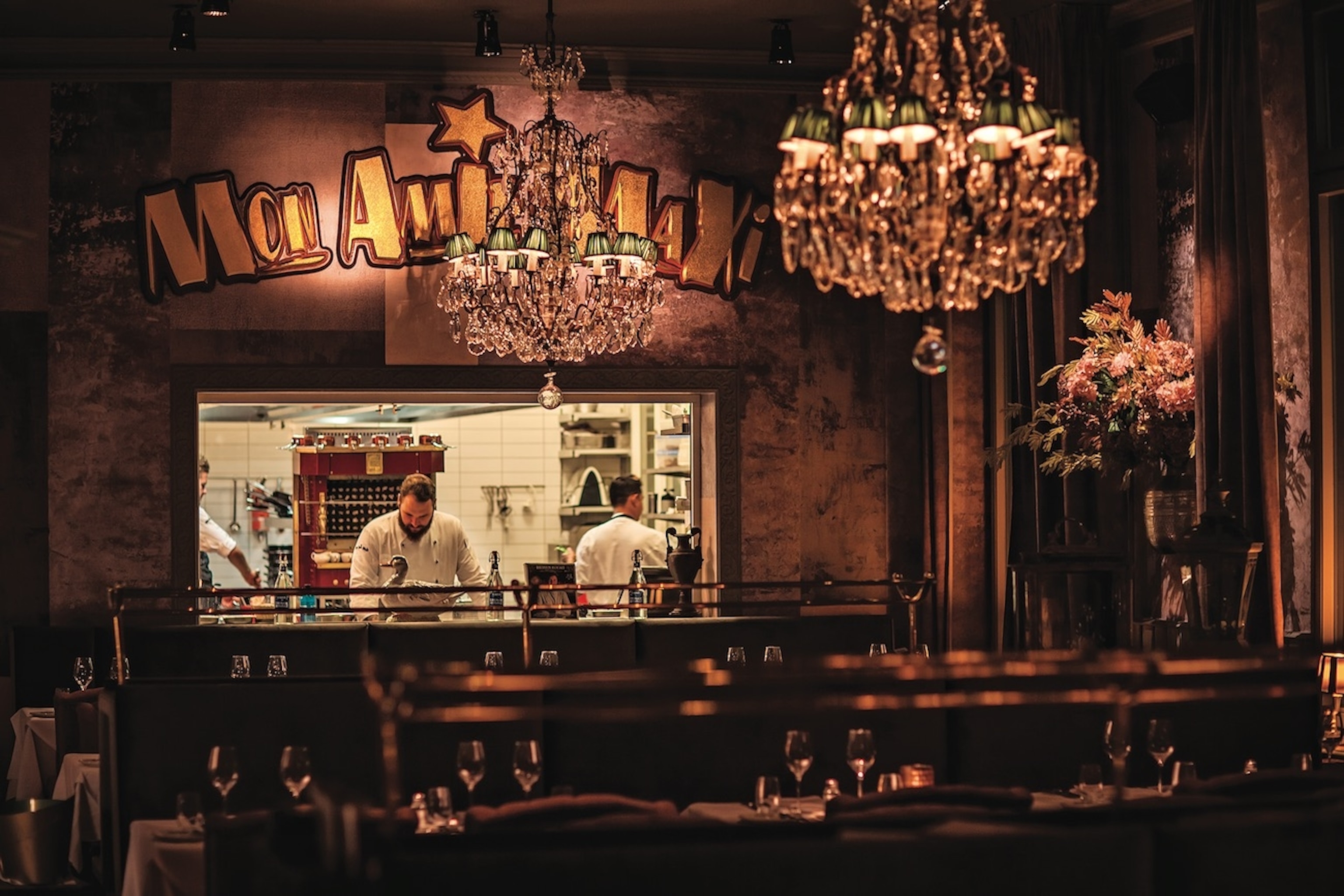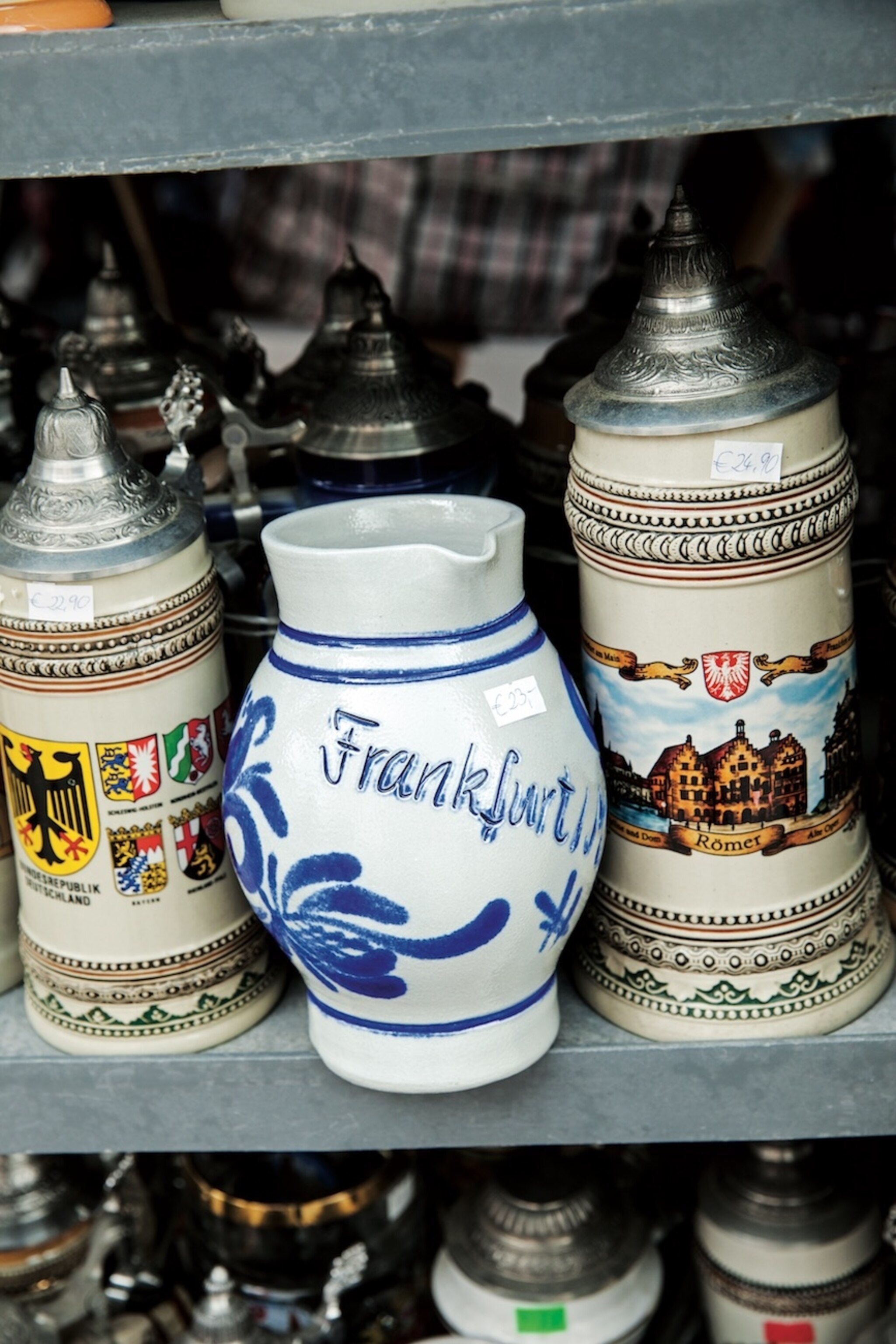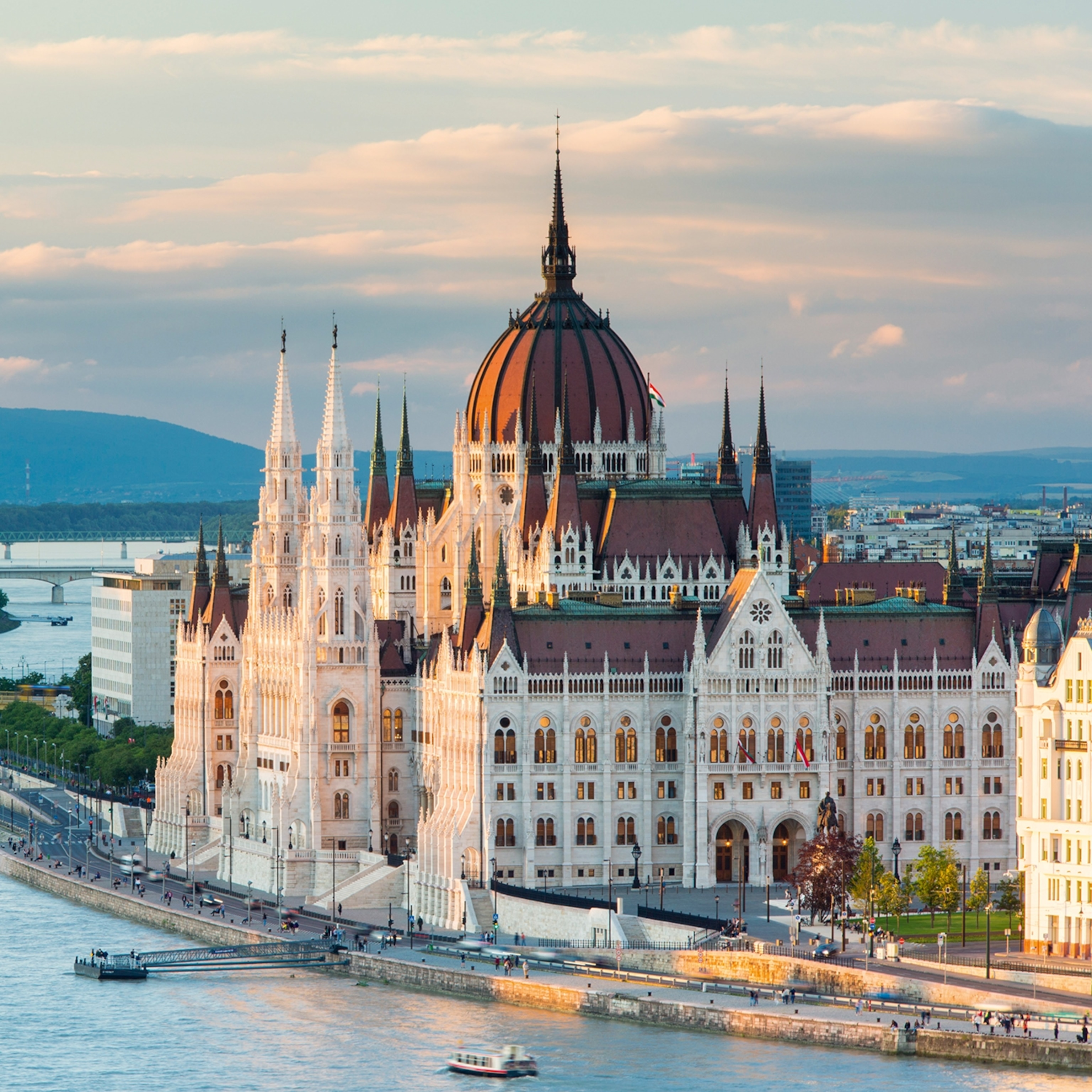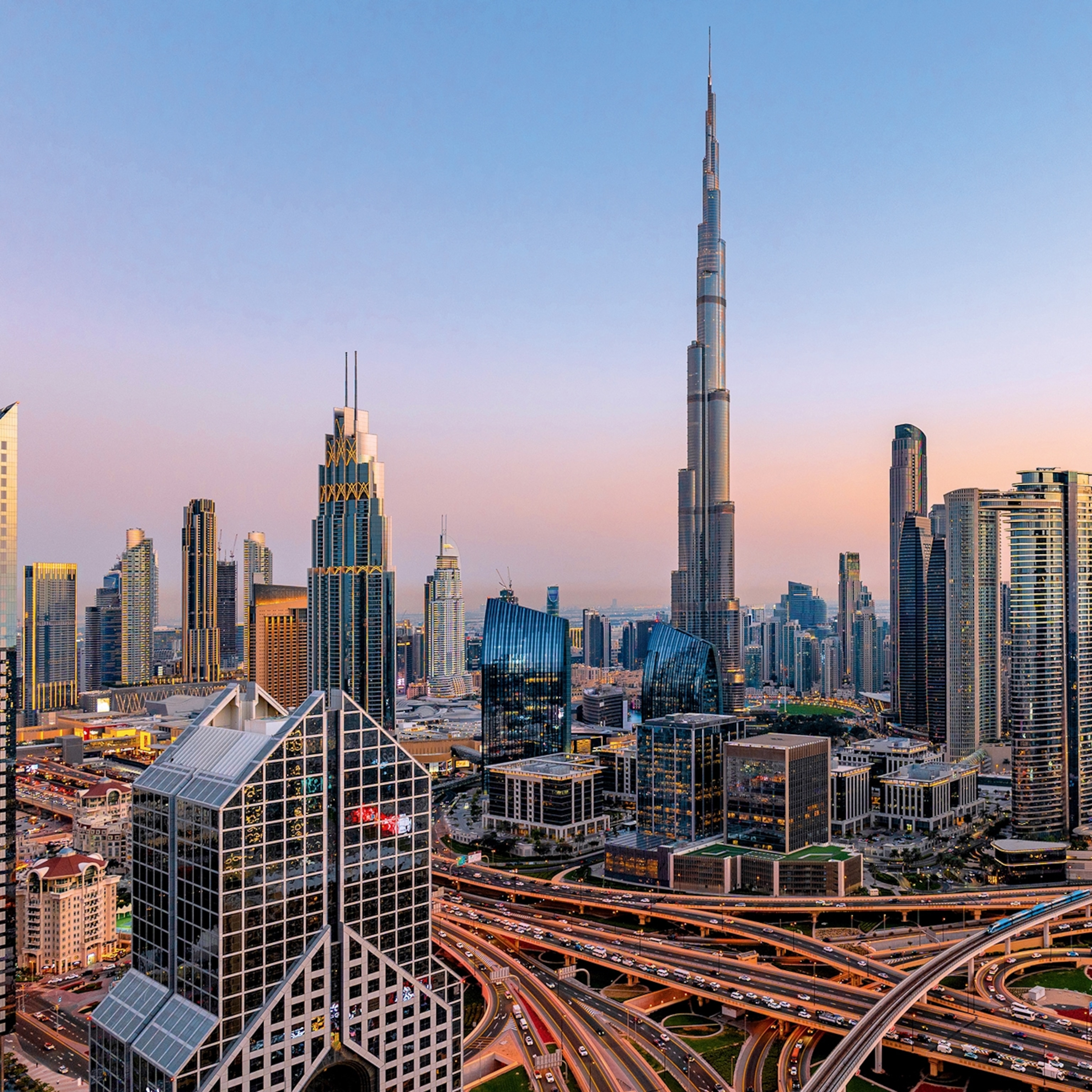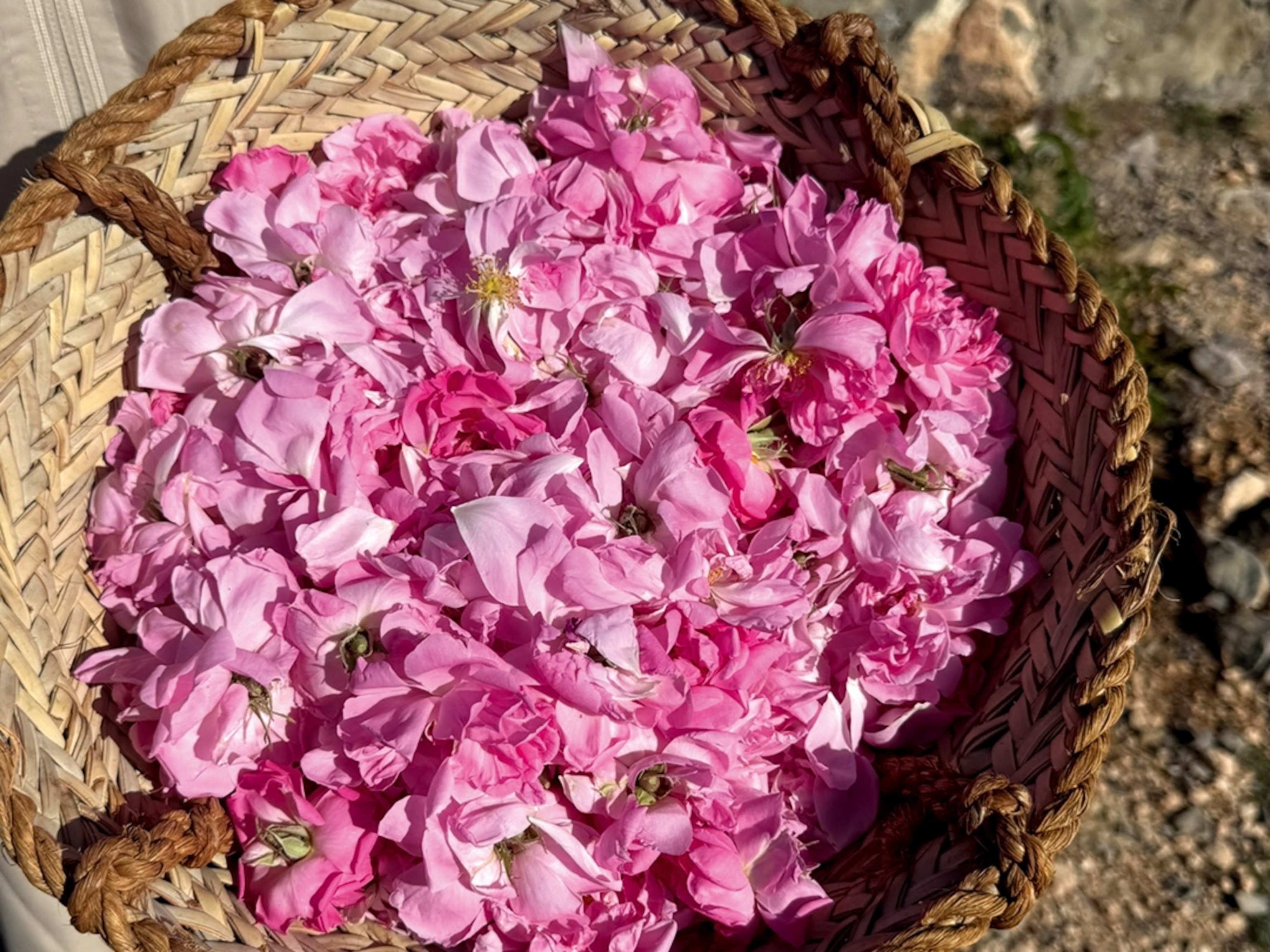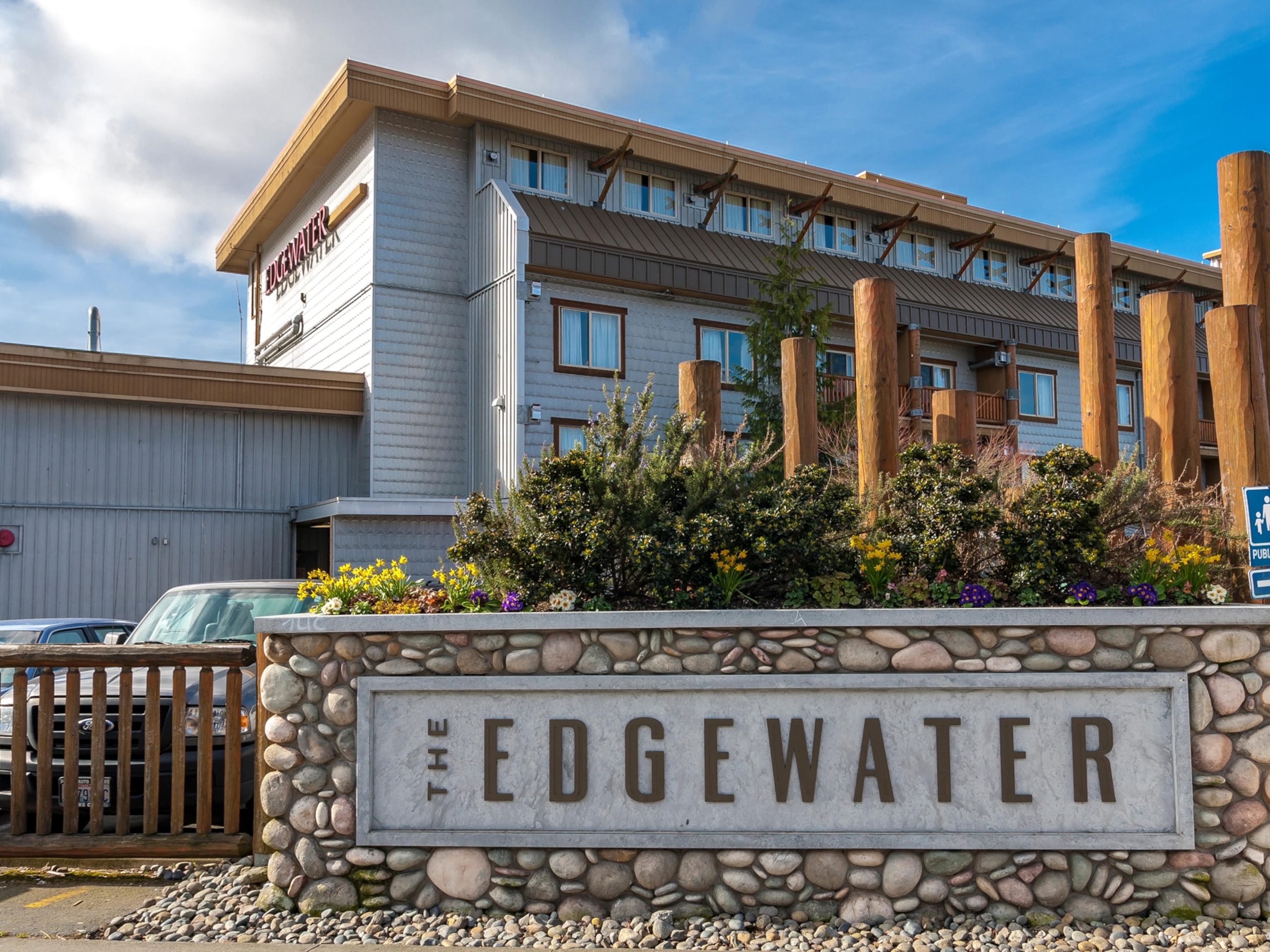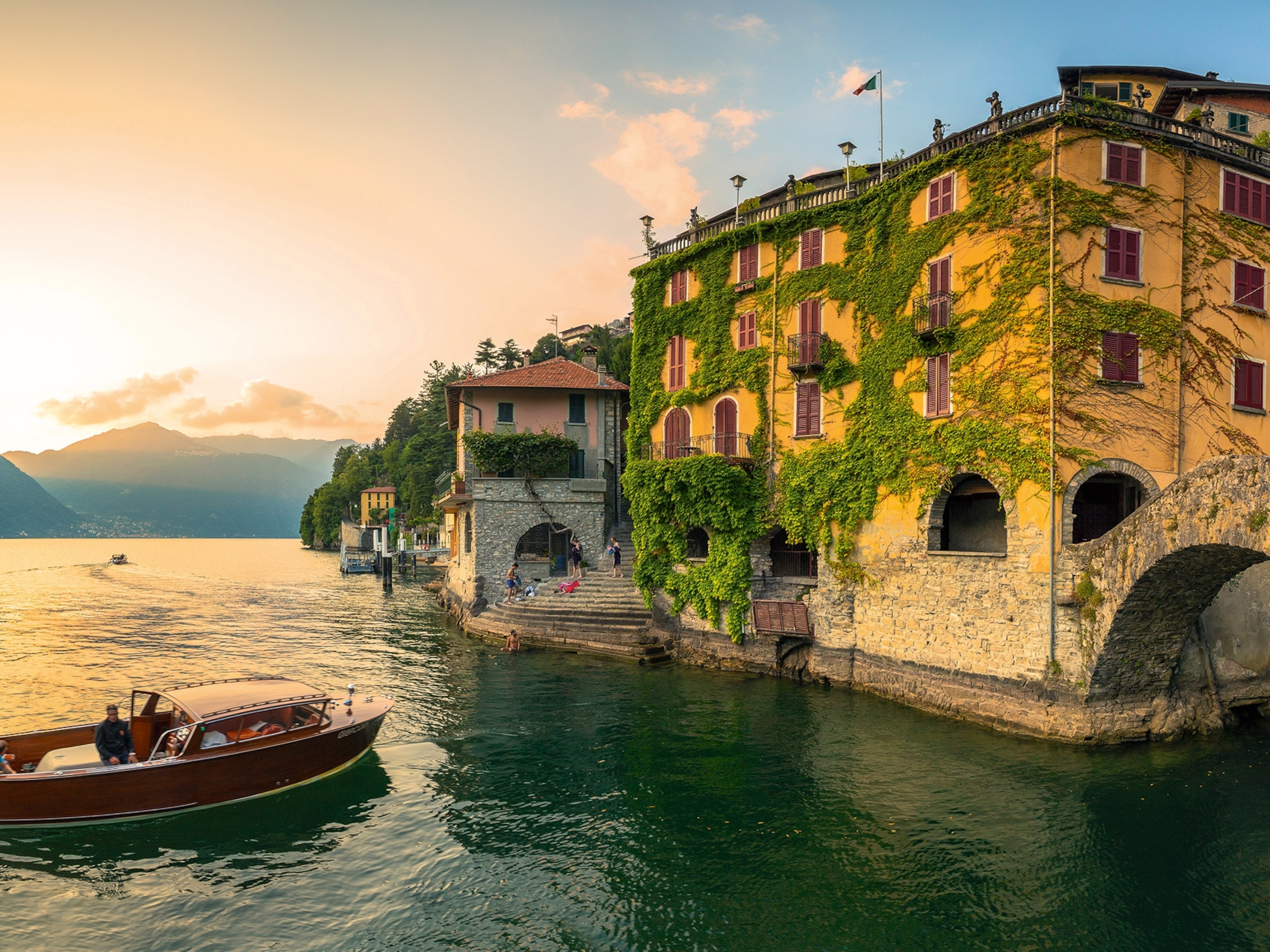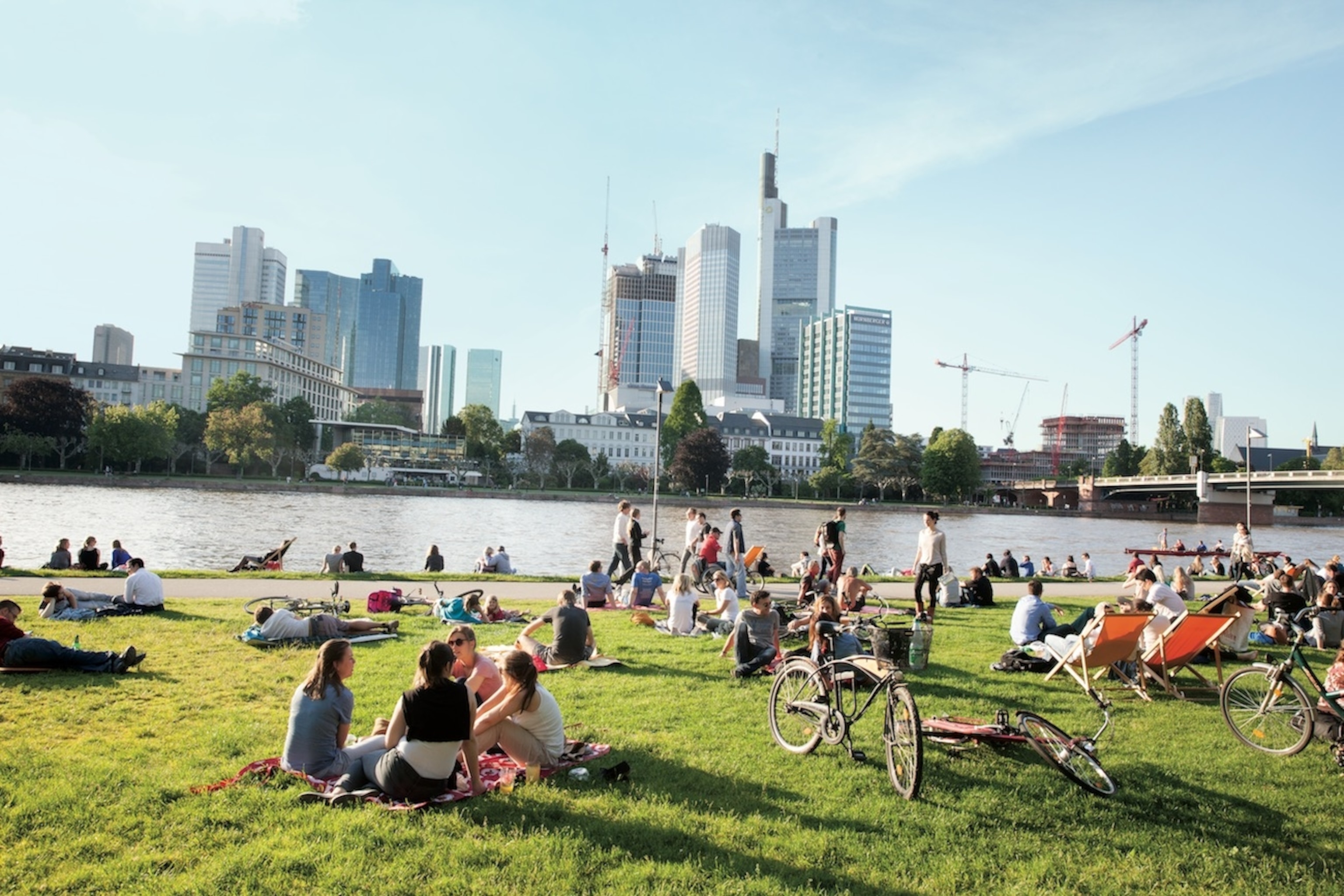
Downtime in Frankfurt
Short on time? Not a problem for those looking to experience Frankfurt's culture and history in a weekend or even a few hours.
In Frankfurt: Deutsche Treat
DESPITE AN INFLUX of people (Frankfurt’s population swells to over a million, from 750,000, each day with commuters and business travelers), Germany’sfinancial hub has maintained its small-town character. The city is highly walkable and Frankfurt Airport is a 10-minute metro ride away (it’s easy to navigate, opt for it over a taxi). The city’s parks offer green relief, including a 40-mile hiking track around the city. And with reports of as many as 10,000 Brexit refugees relocating from the Thames to the Main River, Frankfurt is in the middle of a building boom, which is contributing to rising house prices but also revitalization: New restaurants have sprung up around the train station, an area formerly frequented by prostitutes and drug dealers. Here, a guide for time-pressed business executives and those with a little time to spare.
Sleep
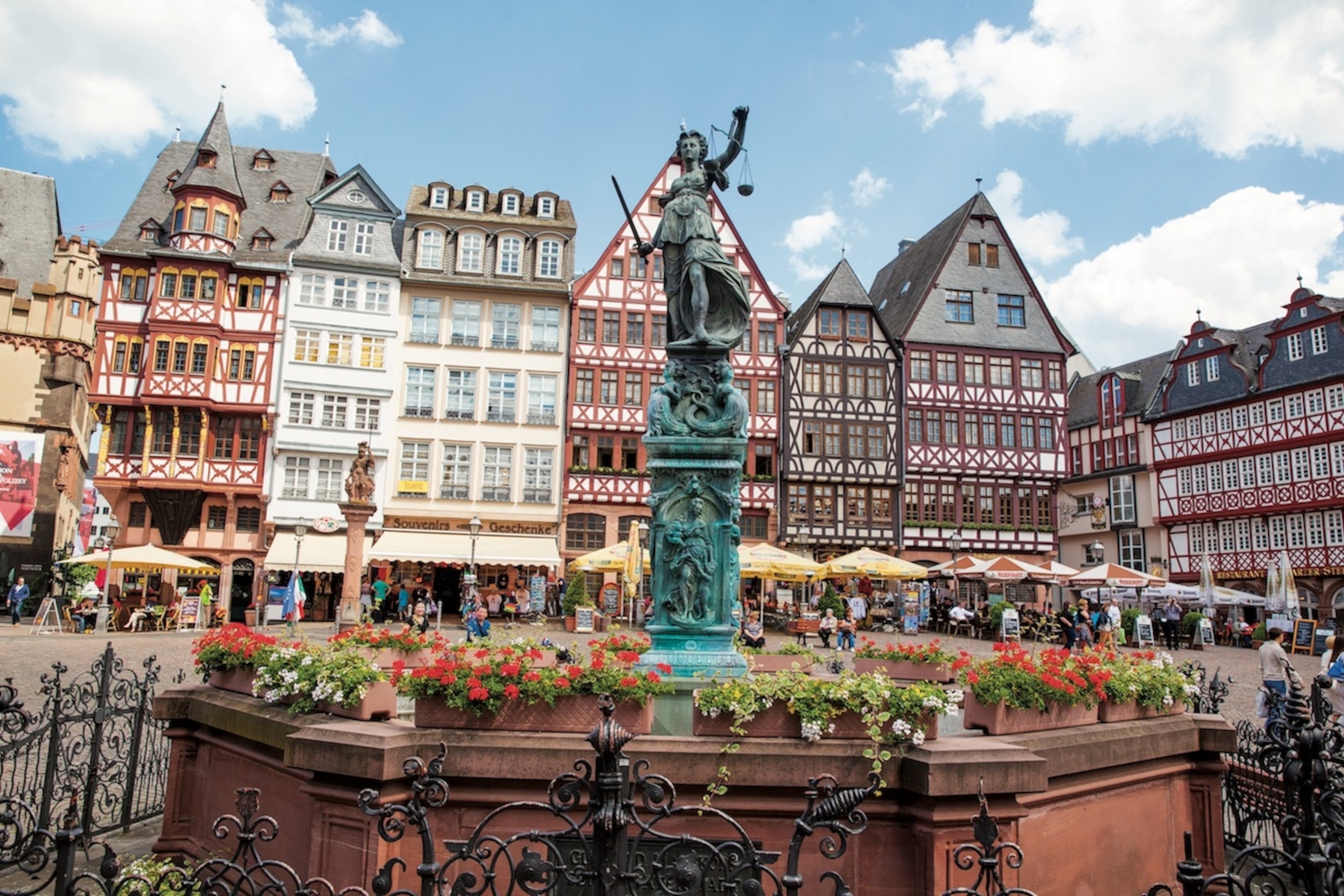
Apart from the European Central Bank, occupying two avant-garde towers in Frankfurt’s Ostend (East End), most financial institutions are within a roughly one-mile radius in the city’s western parts and close to the main train station. For luxury and location, head to the 119-room, 31-suites Sofitel Frankfurt Opera (rooms from $296; sofitel.com).Facing the historic opera in the heart of the city, it’s the latest addition to Frankfurt’s burgeoning hotel scene. French designer Nicolas Adnet has proven a keen eye for detail, creating a hotel inspired by the French mansions of the 17th and 18th centuries without missing any of today’s luxuries like Hermès amenities and Tesla charging stations. References to Frankfurt’s virtuoso son, the writer and poet Johann Wolfgang von Goethe, can be found all over, including in the cozy Lili’s bar, named after Goethe’s first great love. Tucked away in the city’s lush diplomat quarter, the Union International Club (rooms from $206, union-club.com) offers comfort and privacy. With only six rooms and a sprawling garden with an outdoor pool and a tennis court, the guesthouse is ideal for discreet deal making or longer stays (some regulars even leave toiletries and books). The rooms are thoughtfully decorated with all the expected comforts and amenities, like free Wi-Fi. Katrin Mattuschat, the caretaker, makes sure nothing is amiss (she’s even been known to run off to buy a guest’s forgotten shaving cream), while Michelin- starred chef André Großfeld whips up lunch and dinner. Those with more of a hipster soul should travel over the Main River to Libertine Lindenberg (rooms from $122, das-lindenberg.de), which, located in a turn-of-the-century house, is best described as a cross between a design hotel and premium youth hostel, with a late-night bar with recording studio attached. Its 27 rooms boast installations by Berlin deconstruction artist Kathi Kaeppel and the bright communal kitchen on the fifth floor stocks homemade jams, pesto and other goodies.
Eat
There is a palpable mix of languages and cultures in the city, supported by the presence of the Frankfurt Stock Exchange, the European Central Bank and the fact that the U.S.’s largest consulate general is found here. The best way to take in the full range of regional specialties is at Kleinmarkthalle. Busy all times of day, the indoor food market has more than 60 market stalls. Grab a homemade potato salad for lunch, or wash down a dozen oysters with a glass of crisp local Riesling after work at the oyster bar on the second floor. For breakfast, check out Chinaski, a funky day bar in the banking district and close to the historic opera. Its eggs Benedict and a Bukowski (a small café latte named after the German-American writer) should set you up for the day. For a New York cart-style lunch, try Best Worscht in Town, up on Grüneburgweg, where people line up for a currywurst, or a cut-up sausage (pork or beef) with a helping of ketchup and sprinkled with curry powder. If steak is on order, then it’s Surf’n Turf in the affluent Westend. The upmarket meat mecca is a solid affair and popular with business executives. Regulars tuck into USDA Nebraska prime corn-fed filets, using their own engraved knives. Equally good on quality and ambience is Mon Amie Maxi, a French brasserie and oyster bar run by the same restaurateur as Surf’n Turf, Christian Mook. It’s an ideal place for a client lunch or dinner, as the tables in the elegantly furnished room—located in historic Villa May—are set up in a way that prevents eavesdropping. Weinsinn is among the city’s many high-end eateries that recently set up business in the now trendy red- light district, or the area around the main train station. With a menu of just 10 items, the modern European menu is refreshingly brief, while the presentation and quality of the food score. For the traditional Frankfurt fare, go to Atschel, magpie in local dialect. The laid-back tavern has been serving apfelwein (apple wine) and traditional meat dishes for almost 170 years. Here visitors and locals happily squeeze onto the long wooden benches. End the night with a small glass of Calvadosmit Mispelchen, or apple brandy with a medlar fruit. For coffee, avoid the big chains and go for the local roasters, such as Wacker’s Kaffee. The tiny but busy coffee spot is a gem. It’s been around for over 100 years. Make sure to add a piece of cheesecake to your coffee order.
Extracurriculars
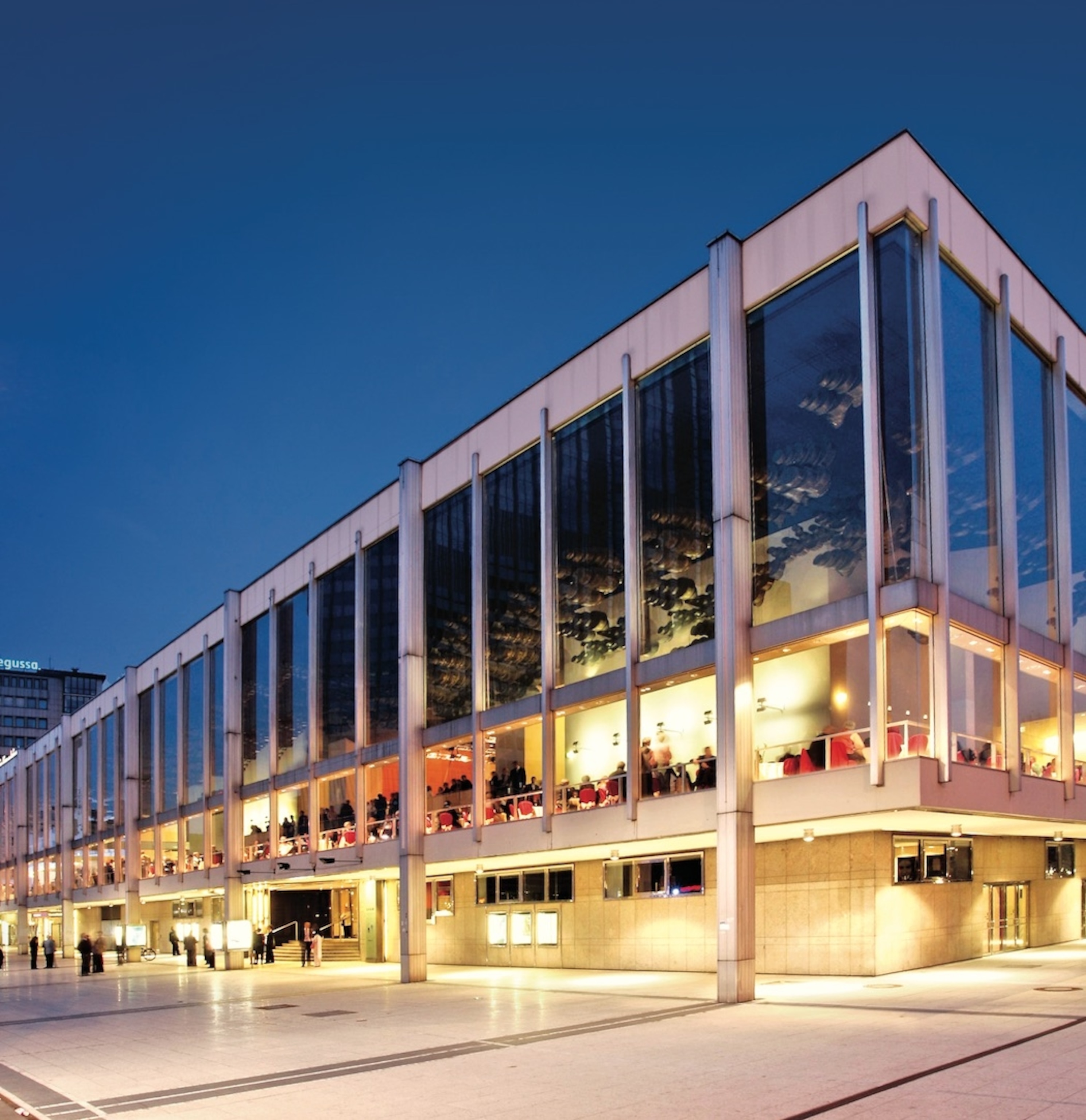
Take in an opera at Oper Frankfurt, which is not to be confused with Alte Oper, the historic opera that today serves as a concert hall and hosts some of the world’s finest conductors, musicians and jazz artists. Housed in a drab-looking building from the early 1960s, Oper Frankfurt is renowned for its modern and innovative productions and the outstanding quality of its singers. Make sure to preorder a beer and a soft pretzel at the main bar (it’ll be waiting for you at intermission). Also worth checking out is the Städel Museum for one of Europe’s leading art collections. While the special exhibitions are always a winner, the permanent collection is more than deserving of getting its own close look. Artworks to seek out include, Goethe inthe Roman Campagna by Johann Heinrich Wilhelm Tischbein, Claude Monet’s The Luncheon and Max Beckmann’s The Synagogue in Frankfurt am Main.
Escape for the Day (Or Weekend)
- National Geographic Expeditions
The Rheingau, a wine region famous for its dry Riesling, is an easy drive from the city that can be done in less than one hour.
Stroll through the historic vaults of Kloster Eberbach, a 13th century monastery; or enjoy the view from Schloss Johannisberg, a castle and winery overlooking the vineyards of the Rheingau and the Rhine river.
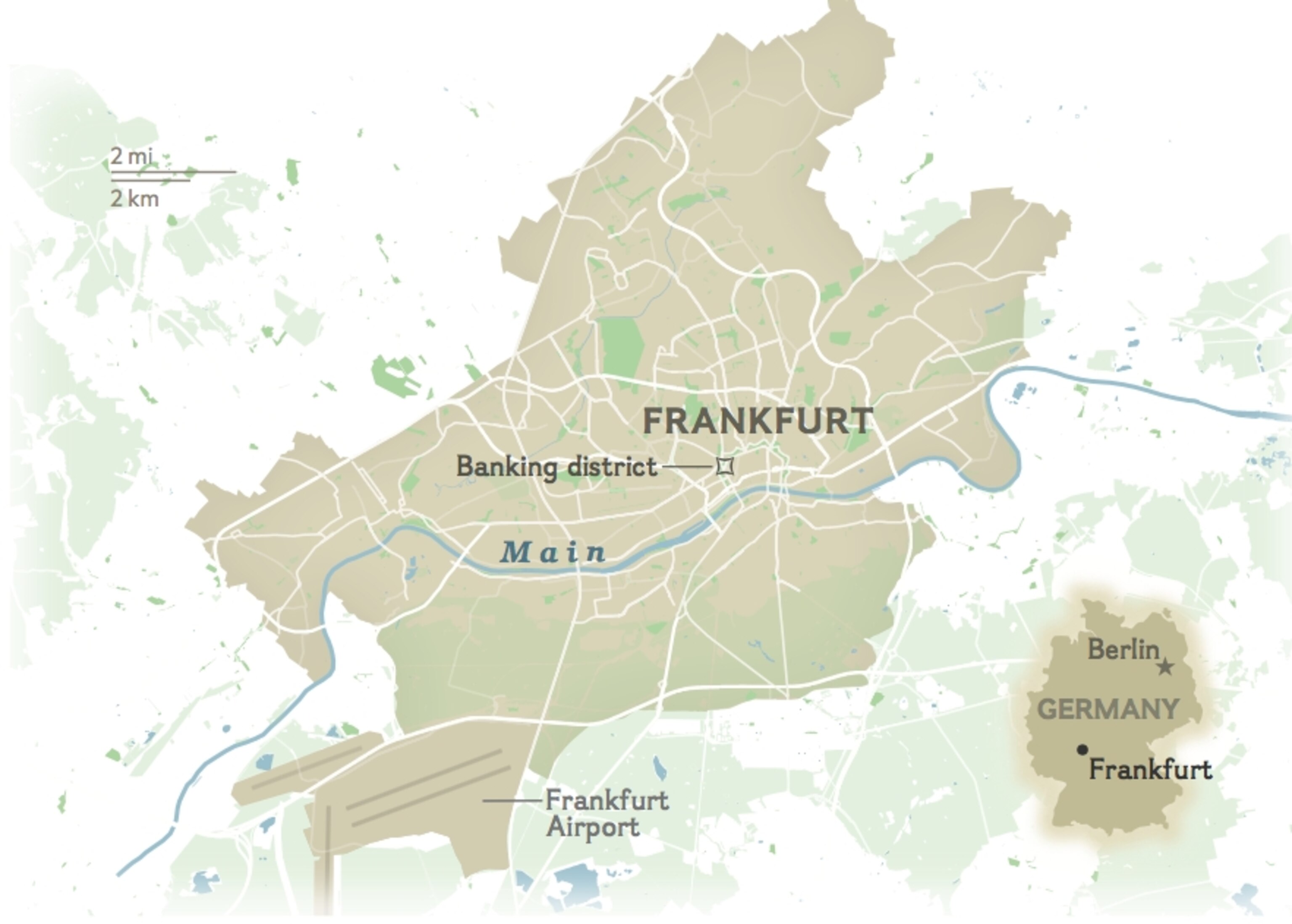
If you want to make a weekend out of it, stay at the Relaix & Chateau hotel Burg Schwarzenstein (rooms from $235; burg-schwarzenstein.de), a restored castle surrounded by vineyards and overlooking the Rhine Valley.
